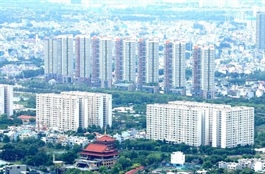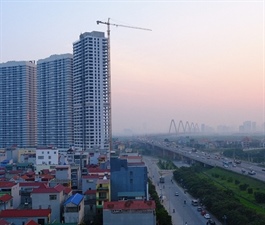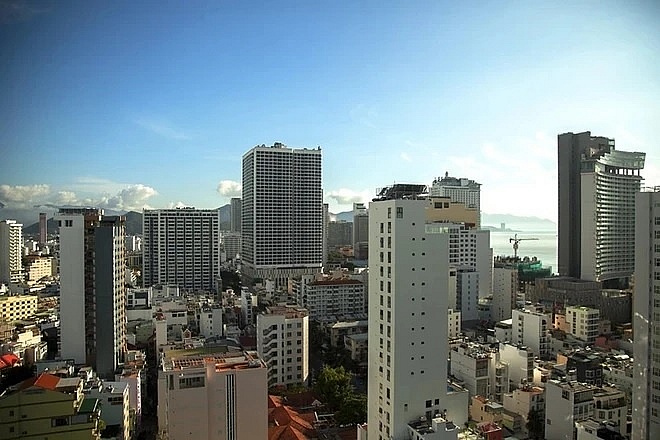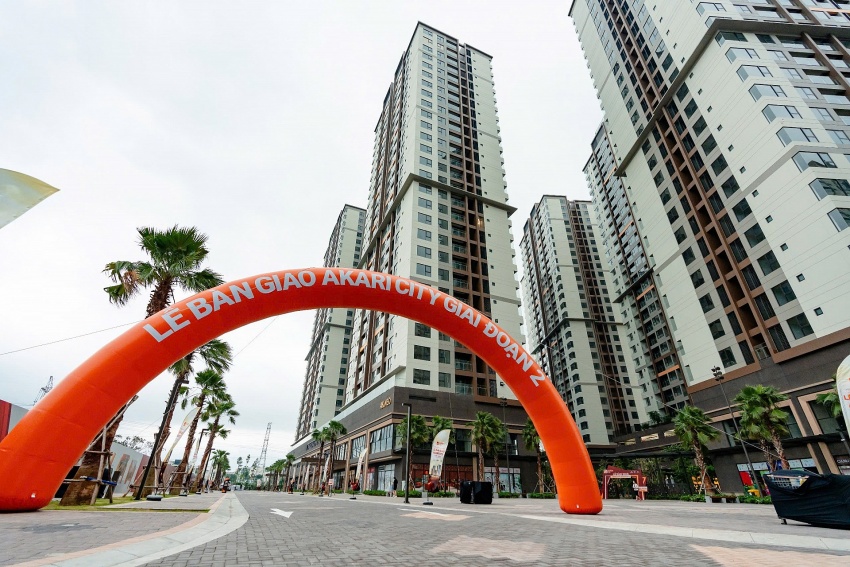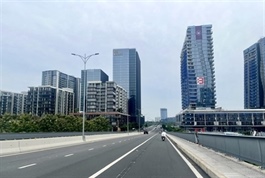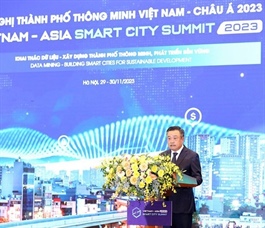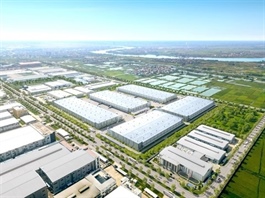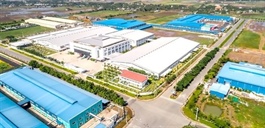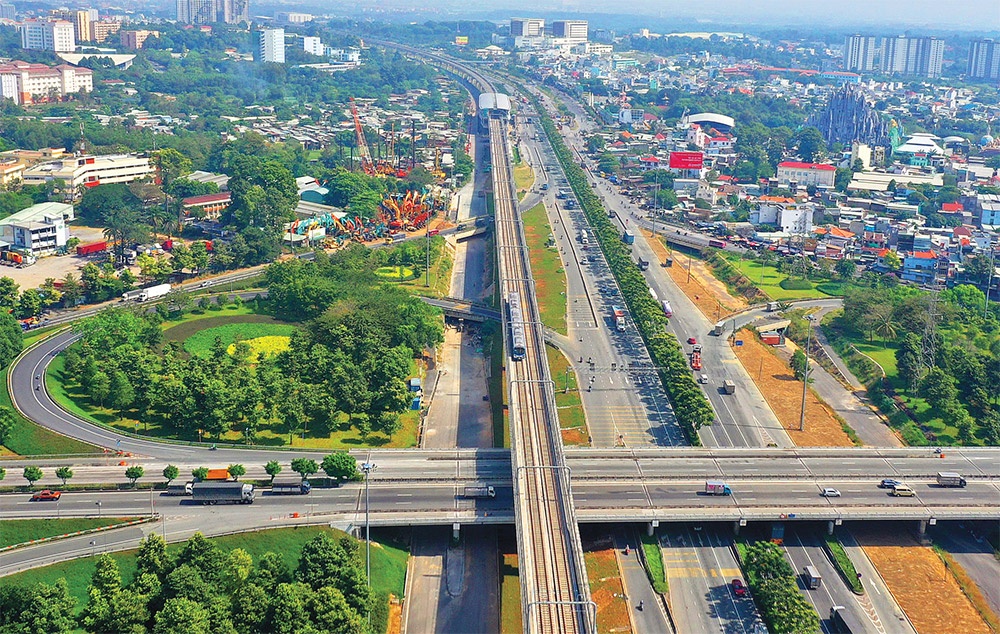Stabilising measures must sit alongside land price hikes
Stabilising measures must sit alongside land price hikes
A new land price framework issued by Ho Chi Minh City will not only create a major impact on the real estate market but could also affect the process of implementing business projects.
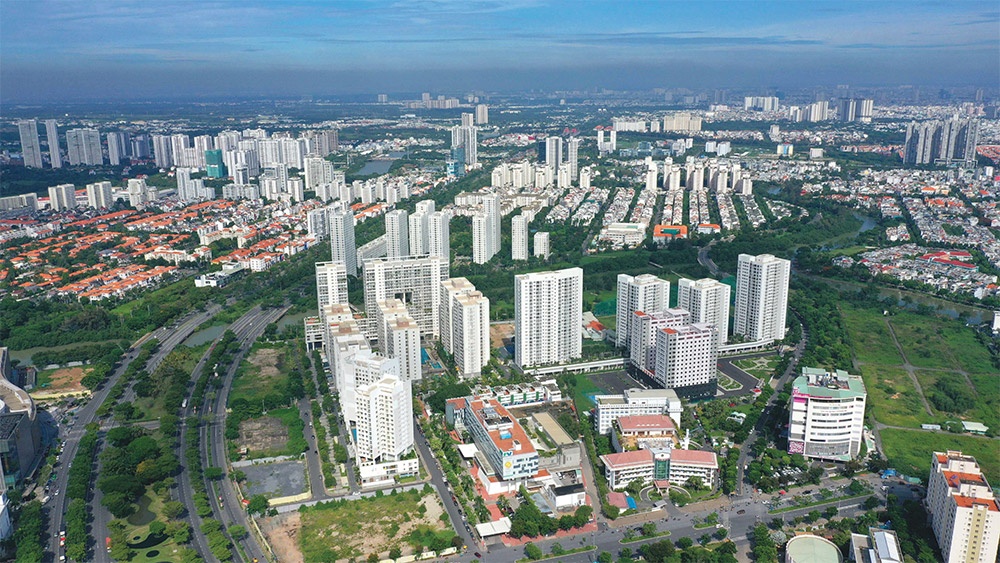
Ho Chi Minh City People’s Committee has issued Decision No.79/2024/QD-UBND, effective from October 31 to the end of 2025, which amends the city’s land price framework. The updated framework represents a significant increase in land prices and will impact housing costs, the feasibility of real estate projects, and land acquisition processes across the city.
The new framework, used to calculate land use fees in resettlement zones, features increases ranging from four to 38 times the previous rates.
For example, central streets such as Nguyen Hue, Le Loi, and Dong Khoi in District 1 now have a rate of nearly $29,000 per square metre, up more than four-fold. Ham Nghi and Han Thuyen streets also saw prices increase to around $17,900 per square metre.
The largest hike is at Song Hanh Highway 22 in Hoc Mon district, which increases to $1,250 per square metre – a 38-fold rise.
This rise in land prices will likely drive up housing prices, intensifying challenges for those aiming for homeownership and affecting the viability of new and existing real estate projects. According to Tran Xuan Luong, deputy director of the Institute for Real Estate Market Research and Evaluation, higher land prices directly impact final project costs and, ultimately, affordability.
“Land costs are a key input in real estate pricing, and while adjusting land valuations is necessary, the timing and coordination with other policies are crucial. Without stabilising measures, these hikes may exacerbate market issues,” he said, emphasising potential social impacts on land recovery, compensation, and resettlement processes.
Vo Hong Thang, director of Investment at DKRA Group, agreed that land use fees drive housing costs, which could outpace income growth, thus complicating property acquisition for many. “To prevent further market distortions, control measures should be implemented to avoid speculative behaviours that could inflate real estate prices beyond reach,” he said.
Local governments also feel the impact, especially in provinces like Ninh Thuan, where Vietnam Electricity (EVN) owes VND2.7 trillion ($110 million) in unpaid dues for renewable energy land. Ninh Thuan People’s Committee’s Chairman Tran Quoc Nam has called on the Ministry of Industry and Trade and EVN to expedite resolutions, especially given current economic pressures.
In order to relieve financial strain, the ministry introduced a transitional feed-in tariff last year, yet only 29 of 85 eligible renewable projects have been able to generate electricity.
The need for tax exemptions and fee reductions was highlighted by Nguyen Toan Thang, director of the Ho Chi Minh City Department of Natural Resources and Environment. “Adjustments in the land price framework must be paired with support policies for smaller developers and private owners, especially as the city prepares a 2024 land price list reflecting actual market values,” he said.
The Ministry of Finance is preparing additional decrees on land use fee exemptions and reductions to mitigate adverse impacts.
Some experts argue that these adjustments may benefit the market by bringing long-delayed projects in line with real-world land valuations. Real estate consultant Nguyen Hoa said, “When the land price framework aligns with actual market rates, it enhances transparency and could reduce disputes over compensation, thereby accelerating land acquisition processes and benefiting both the state and private investors.”
Senior investment director at Savills Vietnam, Su Ngoc Khuong, said, “Ho Chi Minh City’s recent efforts to resolve longstanding issues related to land use fees for key projects reflect a proactive approach to enhancing real estate opportunities. This adjustment is also a positive sign to foreign investors, showing the city’s determination to streamline processes. Resolving these issues could improve product supply and foster a more stable, sustainable market.”
Ho Chi Minh City’s approach aims to balance developer and private landowner needs while promoting stability. Toan Thang said the updated land price framework is part of Ho Chi Minh City’s broader plan to align land values with market trends, thus providing transparency and support for a stable real estate environment.
“With these adjustments, Ho Chi Minh City is expected to draw more investment, helping to expand Vietnam’s urban landscape and foster a competitive real estate market,” he said.







